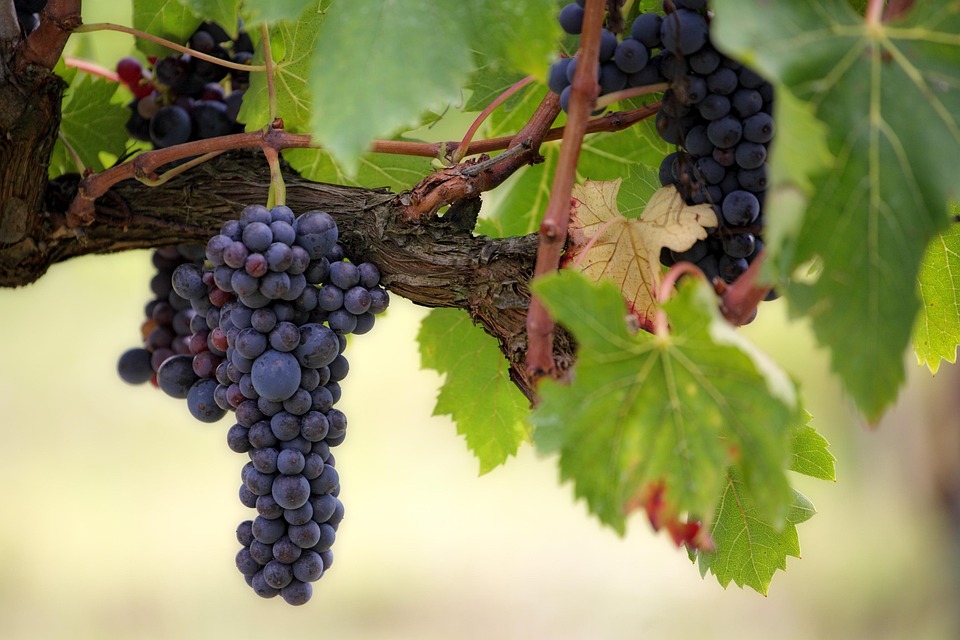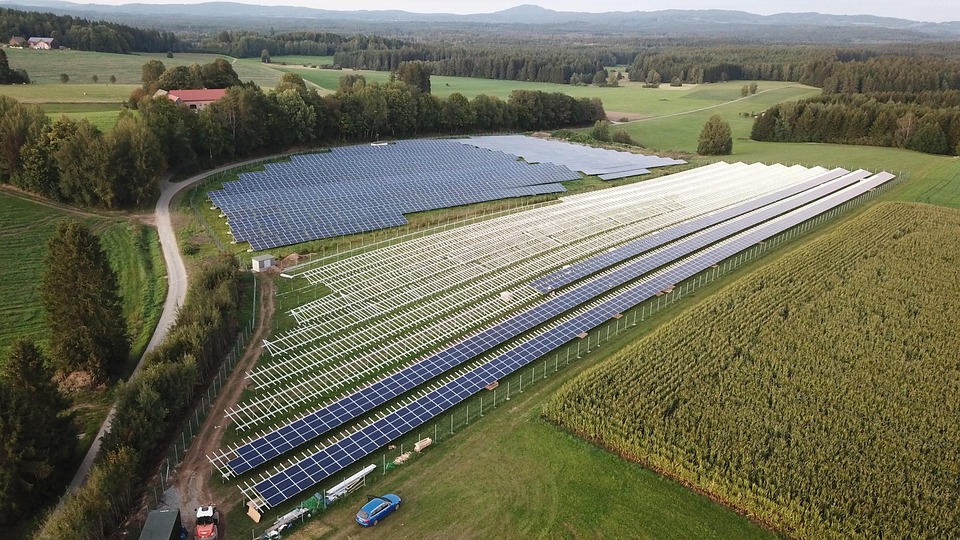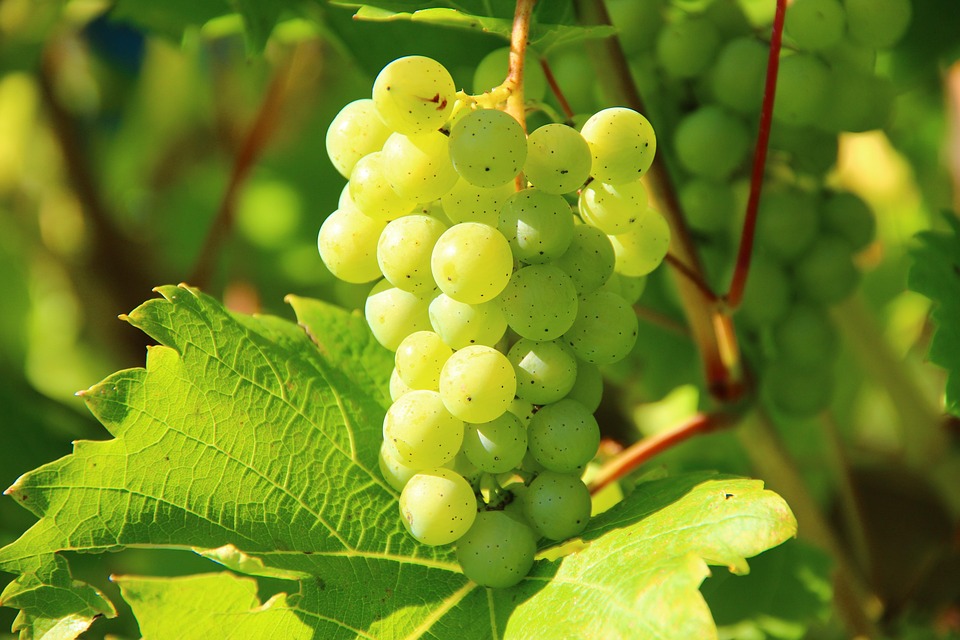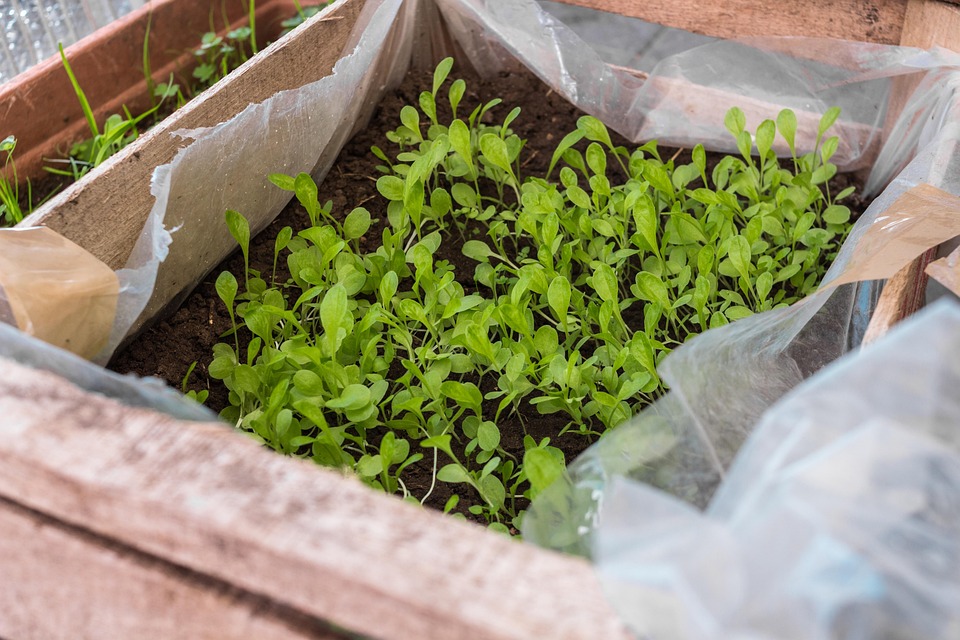Eco-Conscious Escapes: The Top Sustainable Travel Destinations for Your Next Adventure
# Eco-Conscious Escapes: The Top Sustainable Travel Destinations for Your Next Adventure Picture this: you’re standing barefoot on warm, golden sand, the rhythm of the waves mingling with your heartbeat while vibrant local music dances in the air. On the horizon, an eco-friendly resort peeks through the lush palm trees, blending seamlessly with nature. This is a choice—each aspect of your travel reflects a commitment to a more sustainable future. The modern traveler is becoming increasingly attuned to the impact we have on our planet, and many are seeking out thrilling eco-conscious escapes. To inspire your next adventure, here are some of the top sustainable travel destinations that not only cater to your wanderlust but also exemplify a dedication to preserving the environment and supporting local communities. ## 1. Costa Rica: The Environmentalist’s Paradise Costa Rica is a beacon for eco-conscious travelers seeking a blend of adventure and sustainability. Spanning diverse ecosystems, this Central American gem boasts pristine beaches, lush rainforests, and breathtaking mountains. Home to 5% of the world’s biodiversity, it’s a perfect destination for nature lovers. ### Why Visit? – **Ecotourism:** Over 26% of Costa Rica’s land is protected as national parks and reserves. You can hike through the lush Monteverde Cloud Forest, zip-line through treetops, or spot sloths and toucans in their natural habitat. – **Sustainable Accommodations:** Numerous eco-lodges and hotels operate with sustainable practices. Look for lodges that utilize solar energy, offer organic meals, and engage in local conservation projects. #### Pro Tip: Choose local guides for tours. Not only does this enhance your experience, but it also significantly contributes to the local economy. ## 2. Sweden: The Land of Innovation Sweden embodies the principles of sustainability, offering travelers a plethora of eco-friendly options. From its cities to its countryside, Sweden has implemented innovative solutions to create a greener tomorrow. ### Why Visit? – **Green City Initiatives:** Stockholm, named the first European Green Capital, stands out with its commitment to sustainability. The city boasts efficient public transport, bike-sharing programs, and an impressive recycling initiative. – **Eco-Friendly Accommodation:** Check out hotels such as the Nordic Light Hotel, which runs on renewable energy and seeks to minimize environmental impact without sacrificing comfort. #### Pro Tip: Use public transportation for an authentic experience and to witness the beauty of Sweden’s landscapes. Venture beyond the cities with green public transport options like trains and ferries. ## 3. New Zealand: A Natural Wonderland New Zealand’s dramatic landscapes, from its rolling hills to majestic mountains, offer a magnificent canvas for eco-conscious travel. Kiwis take pride in preserving their natural beauty, making it an inviting destination for environmentally-minded travelers. ### Why Visit? – **Eco-Tourism Adventures:** Explore the breathtaking Fiordland National Park or hike the Tongariro Alpine Crossing. Activities like kayaking in the Abel Tasman National Park have minimal environmental impact, letting you experience nature up close. – **Local Conservation:** Engage with local efforts to protect endangered species, such as the Kiwi Bird Recovery Project, where you can volunteer or participate in educational tours. #### Pro Tip: Opt for self-contained accommodations that minimize waste and are designed with sustainability in mind. Look for places that compost and recycle. ## 4. Portugal: A Coastal Retreat Portugal may be famous for its stunning coastline and rich culture, but it’s rapidly becoming recognized for its eco-friendly initiatives. Small towns and local wineries embrace sustainability, making it a delightful destination for conscious travelers. ### Why Visit? – **Sustainable Vines:** The wine regions of Douro Valley and Alentejo implement organic farming and sustainable practices. Consider taking a wine tour where the focus is on local, organic producers. – **Eco-Beaches:** Visit eco-certified beaches such as Praia da Marinha, which not only ensures cleanliness but promotes conservation efforts to protect marine life. #### Pro Tip: Try to dine at restaurants that source food locally. Engaging with local cuisine is not just delicious; it supports nearby farmers and reduces carbon footprints. ## 5. Bhutan: The Last Shangri-La Known for its commitment to Gross National Happiness, Bhutan values the environment above all else. This Himalayan kingdom has limited tourist numbers to preserve its unique culture and exquisite landscapes, making it a mystical destination for eco-conscious travelers. ### Why Visit? – **Cultural Conservation:** Visitors must spend a minimum amount per day, which helps sustain the local economy, culture, and environment. Trekking in the Himalayas not only provides a glorious view but also an educational experience about local traditions and environmental practices. – **Carbon Negative:** Bhutan is one of the few countries that is carbon negative, meaning it absorbs more carbon dioxide than it produces, thanks to its extensive forests. #### Pro Tip: Participate in a local homestay to experience authentic Bhutanese life while supporting sustainable tourism practices. This interaction is a unique way to understand their customs and environmental stewardship. ## 6. Kenya: The Heart of Conservation Kenya offers breathtaking wildlife and a rich cultural heritage, making it a top destination for those interested in sustainable safari experiences. With a range of eco-lodges and conservation efforts, Kenya is paving the way for responsible tourism. ### Why Visit? – **Responsible Safaris:** Choose eco-friendly safari camps that dedicate themselves to conservation efforts. Camps like Saruni offer guided tours with a strong emphasis on wildlife preservation and community engagement. – **Community-Based Tourism:** Engage with local tribes, such as the Maasai, in community projects focused on sustainable living and conservation. #### Pro Tip: Always choose parks and reserves that promote ethical wildlife tourism practices. Support establishments that give back to wildlife conservation. ## 7. Japan: A Harmonious Blend of Tradition and Innovation Japan, known for its remarkable culture, also excels in sustainability. From traditional practices to modern innovations, the country offers numerous eco-friendly initiatives for conscientious travelers. ### Why Visit? – **Eco-Friendly Cities:** Cities like Kyoto focus on preserving cultural heritage and nature. Take part in a zero-waste dining experience or visit ornately tended gardens, built with sustainability in mind. – **Green Accommodation:** Stay in ryokans (traditional inns) that use local, organic ingredients sourced from surrounding areas,










